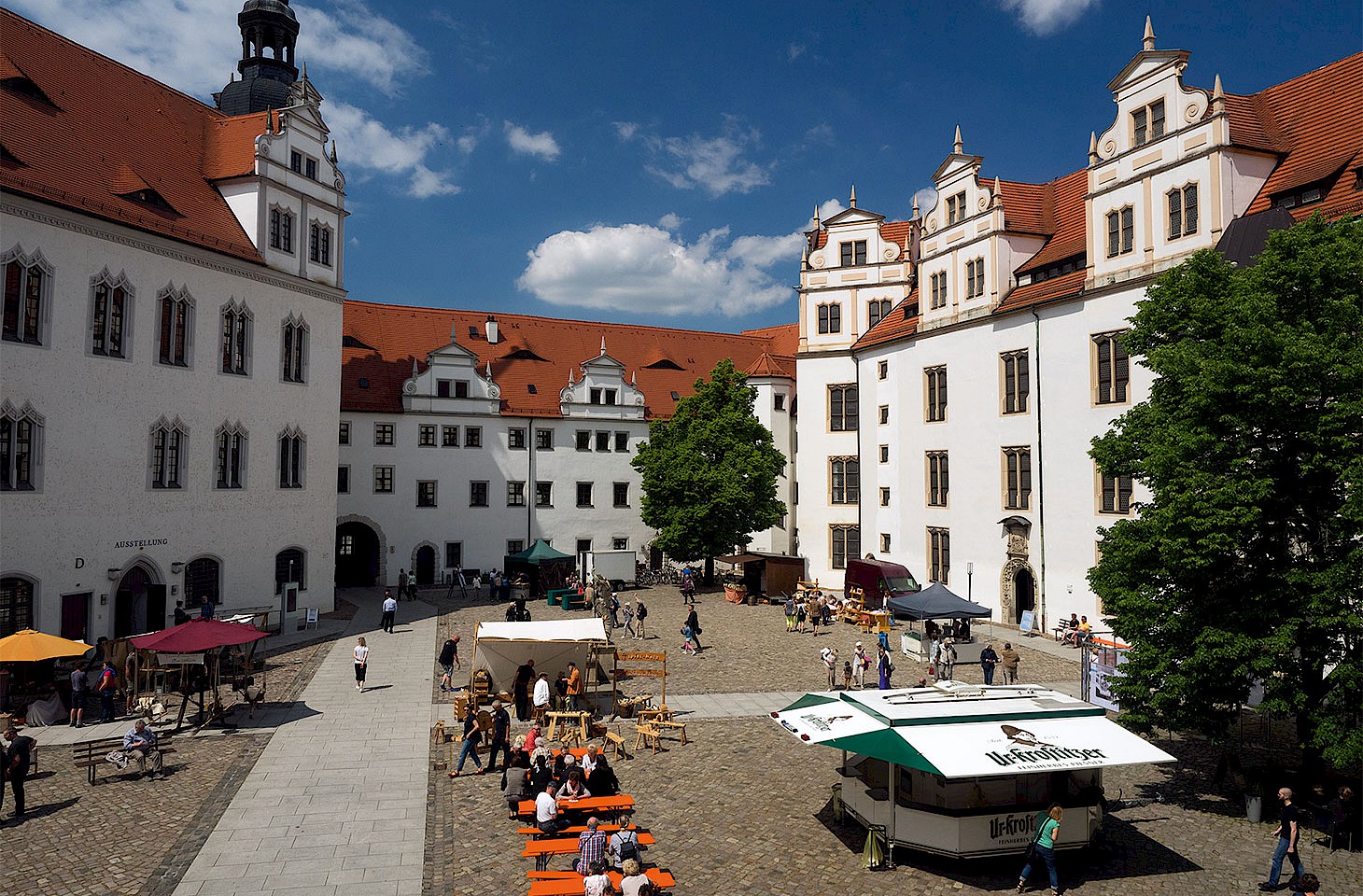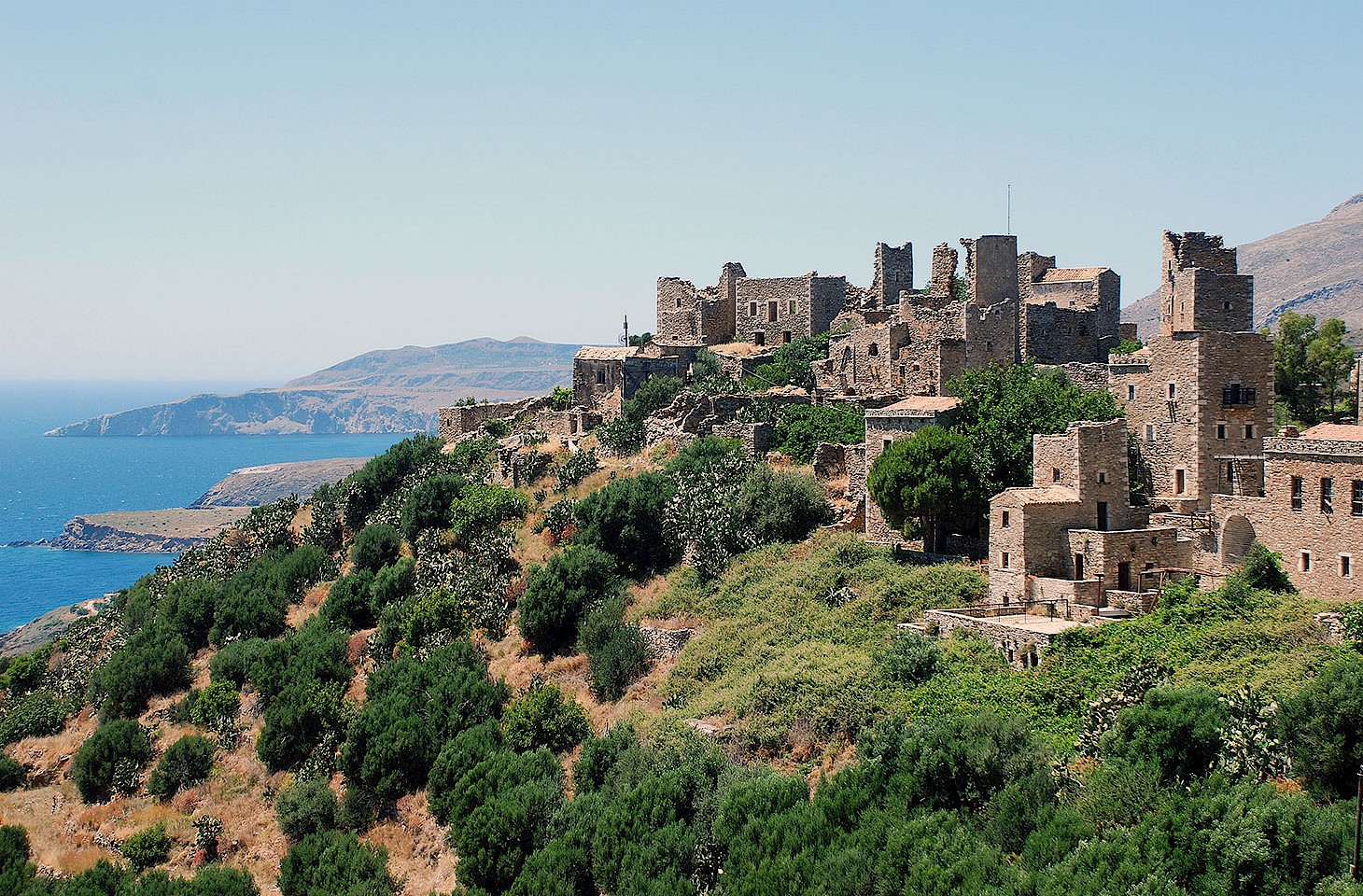In this new issue of hidden europe we present a continent which thrives on its tolerance and diversity, a Europe which has over centuries been shaped and enriched by the ebb and flow of ideas and people. We look at how Odessa developed as the third great city of the Russian Empire by dint of being welcoming Jews, Armenians, Italians and French settlers to join the Tatars and Cossacks who made their homes in Odessa. In similar vein, we see how Dutch migrants — the most diligent dredgers and drainers in the world — helped convert low-lying marshes by the River Elbe into productive agricultural land.
Europe, the very idea of Europe, depends on the expansive, generous mindset which has been the hallmark of our continent over the last half-century. Of course there have been blips and deviations from the path, most conspicuously in the fractious conflicts in the Balkans following the disintegration of Yugoslavia. But the most severe dislocation of European harmony of this century has come not from the east of the continent (despite occasional Russian provocation) but from an unlikely source in the far west: Britain.
The UK government’s participation in the European project (at best half-hearted but usually massively disruptive) has come to an abrupt end as the politics of hate and fear triumphed over reason and the good neighbourliness which has underpinned the development and expansion of the European Union. This is nothing short of a catastrophe for millions of ordinary decent people in Britain now condemned to live in a country tainted by neo-nationalist sentiments.
Happily, across most of Europe we find on our travels a respect and civility which underpins conversation and debate. That cordiality between people and nations is something we shall continue to celebrate in hidden europe.
We welcome four outside writers to this issue of hidden europe magazine. Rudolf Abraham and Laurence Mitchell are our two most regular external contributors. So it’s good to welcome them back. They are joined by Kate Wilson — a newcomer to the hidden europe fold — who writes about the Spanish village where she lives, and Paul Richardson, editor of Russian Life magazine. We have ourselves contributed many times to Russian Life, so it’s lovely that the roles are now reversed, with Paul sharing a piece on Karelia with hidden europe.
Susanne Kries & Nicky Gardner
Editors
Freistadt, Upper Austria
June 2016



